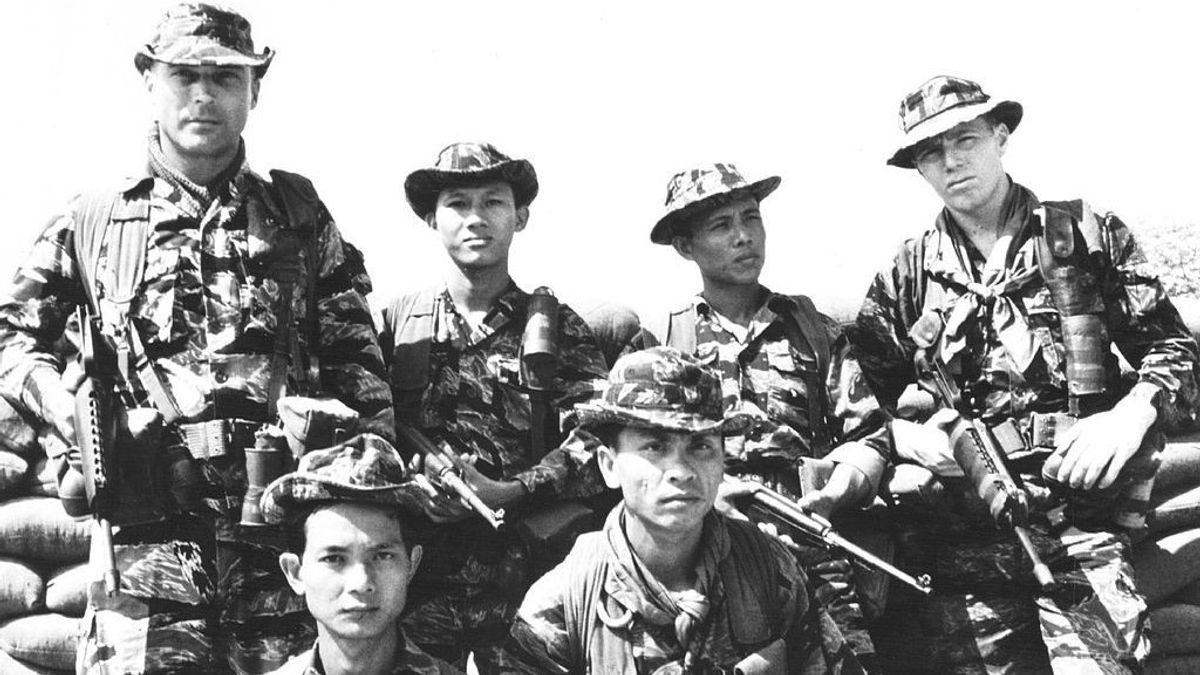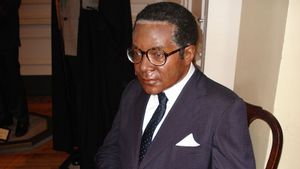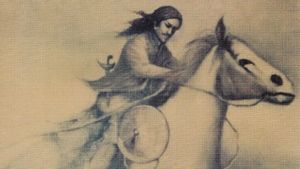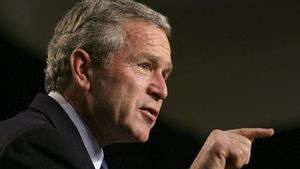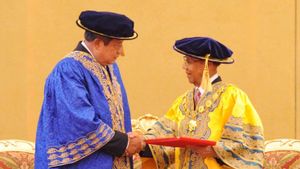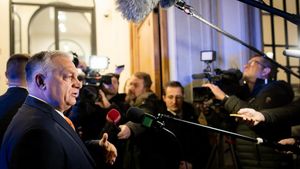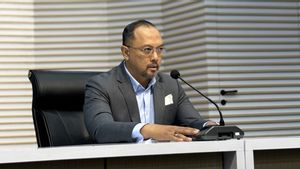JAKARTA - On March 29, 1973, or two months after the signing of the Vietnam peace agreement, the last wave of US combat troops left South Vietnam.
The departure followed Hanoi's release of remaining US prisoners of war. Eight years of US intervention in the Vietnam War was finally over.
Meanwhile, in Saigon, about seven thousand US Department of Defense civil servants remain.
This was done to help South Vietnam in the fierce and continuing war with communist North Vietnam.
The start of US intervention in Vietnam
Citing History, after two decades of providing indirect military assistance, US President John F. Kennedy sent the first major troops to Vietnam in 1961. The aim was to support the South Vietnamese regime against the communists, namely North Vietnam.
Three years later, with the collapse of the South Vietnamese government, US President Lyndon B. Johnson ordered limited bomb attacks in North Vietnam. The order to involve US troops was approved by Congress.
However, in 1965, there was an attack from North Vietnam which left President Johnson with two choices. First, increase US engagement, or second, withdraw.
President Johnson made the first choice. The number of US troops at that time immediately jumped to more than 300 thousand people. The US Air Force begins the largest bombing in history.
Over the next several years, the high number of US casualties and the exposure of US involvement in war crimes, including the My Lai massacre, turned the US public against the Vietnam War. The Tet offensive in 1968 crushed hopes of an end to the conflict.
In addition, the attacks also triggered US opposition to the war. In response, Johnson announced in March 1968 that he would no longer run for president.
The decision was made as his responsibility to create a dangerous national division in Vietnam. Johnson also allowed the start of US peace talks with Vietnam.
In the spring of 1969, as protests against war escalated in the US, US troop strength in Vietnam peaked at nearly 550,000. The new US president at the time, Richard Nixon, began withdrawing US troops.
Even so, Nixon increased the intensity of the bombing. The withdrawal of large numbers of US troops continued in the early 1970s when President Nixon expanded air and ground operations into Cambodia.
It was also Laos in an attempt to block enemy routes along the Vietnamese border. This expansion of the war, which achieved only modestly positive results, led to a new wave of protests in the US and other countries.
The peace agreement is the initial withdrawal of US troops
Finally, in January 1973, representatives of the US, North Vietnam, South Vietnam, and the National Front for the Liberation of South Vietnam signed a peace agreement in Paris. The agreement ended the US military's direct involvement in the Vietnam War.
The main provisions of the agreement include a Vietnam-wide ceasefire, withdrawal of US troops, release of prisoners of war, and peaceful reunification of North and South Vietnam.
The South Vietnamese government will remain in place until elections are held. Meanwhile, the North Vietnamese troops in the South would not advance any further.
In reality, however, the agreement was nothing more than a rescue face by the US government. Even before the last US troops left Vietnam on March 29, 1973, North Vietnam broke the ceasefire.
In early 1974, a full-scale war began. At the end of 1974, the South Vietnamese authorities reported that 80,000 soldiers and civilians had died in the fighting.
That figure represents the biggest loss in the Vietnam War. On April 30, 1975, when Saigon fell to communist forces, some Americans still in South Vietnam were flown abroad.
North Vietnamese Colonel Bui Tin, who accepted South Vietnam's surrender later on commented, "You have nothing to fear; among the Vietnamese, there are no winners and no losers. Only America has been defeated."
The Vietnam War is the longest and least popular foreign war in US history. The war claimed the lives of 58 thousand Americans. Meanwhile, as many as two million Vietnamese soldiers and civilians were killed.
* Read other information about WORLD'S HISTORY or read other interesting writings from Putri Ainur Islam.
Other TODAY'S HISTORY
SEE ALSO:
The English, Chinese, Japanese, Arabic, and French versions are automatically generated by the AI. So there may still be inaccuracies in translating, please always see Indonesian as our main language. (system supported by DigitalSiber.id)
